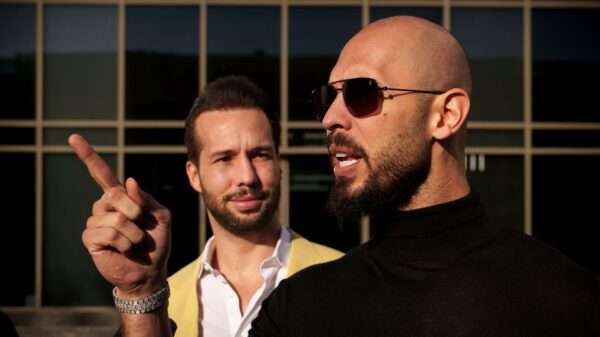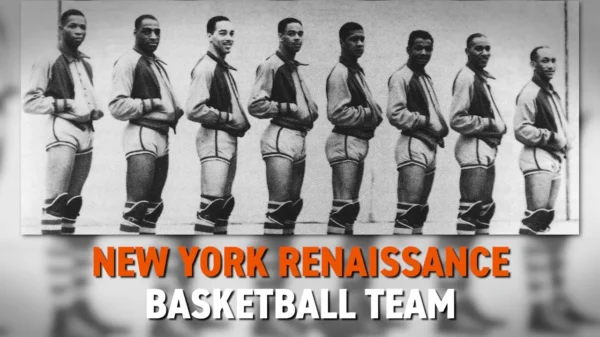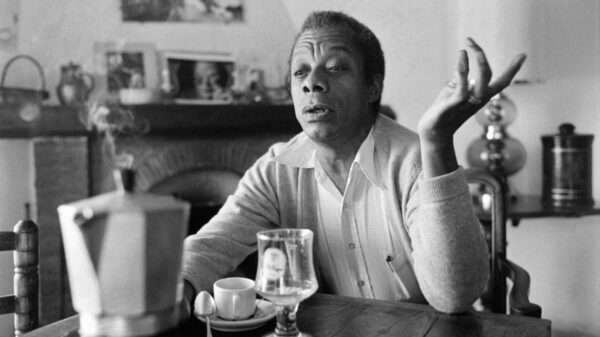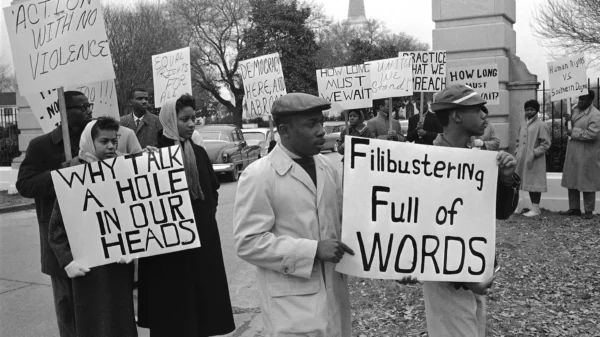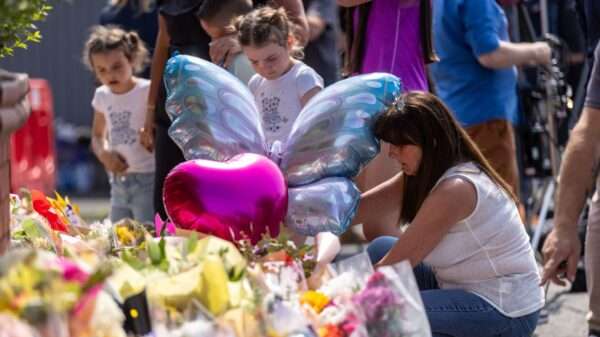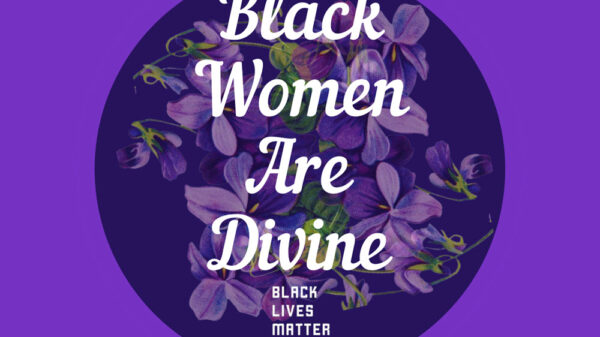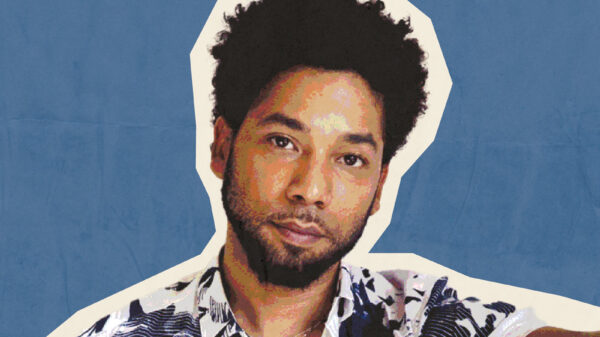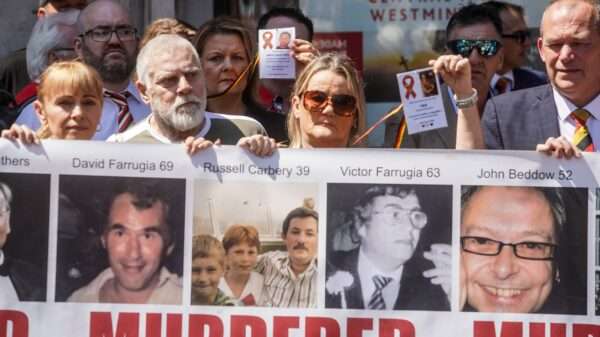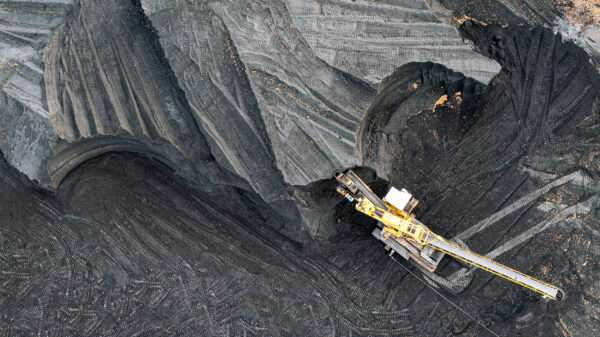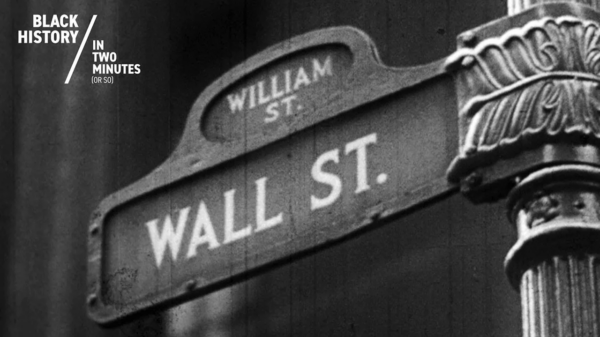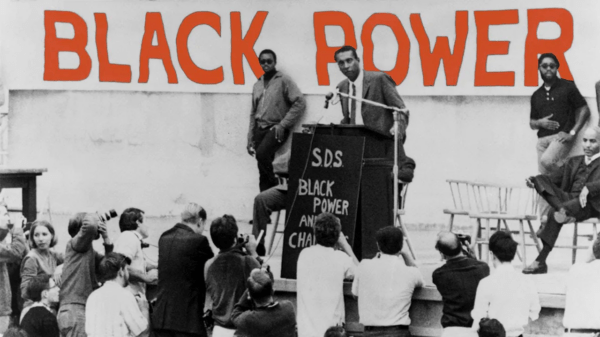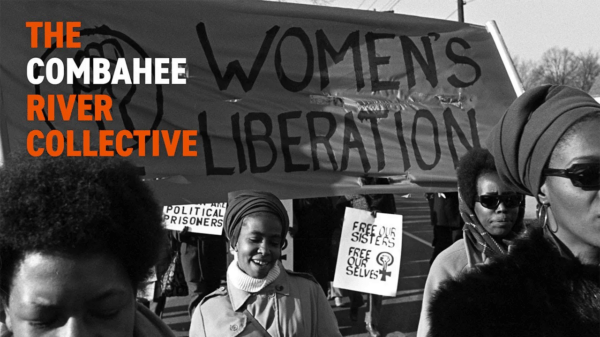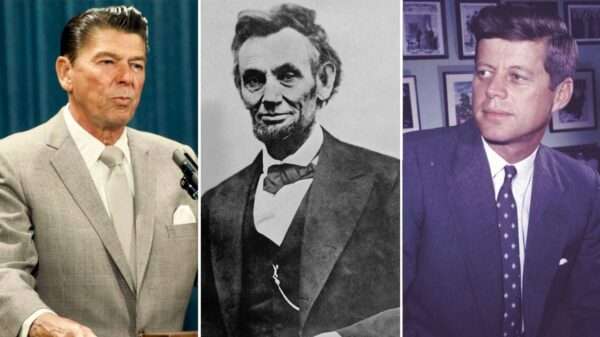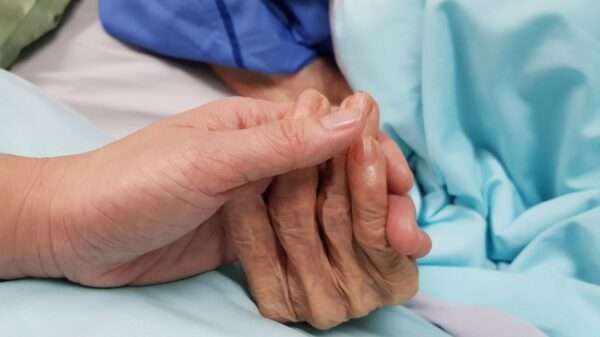In a distressing turn of events, the body of Stephen Lawrence, the black British teenager whose murder in 1993 became a landmark case in the fight against racism in the UK, has been exhumed as part of the preparations for his return to the UK. Lawrence was the victim of a racially motivated attack that shocked the nation and led to widespread calls for justice and reforms in the police force. His family, who have endured decades of grief and struggle for justice, are now grappling with a new layer of anguish as photographs of his grave, taken after the exhumation, have surfaced on social media.
The decision to exhume Lawrence’s body was not made lightly. It was a necessary step to ensure that all legal and procedural requirements are met before his remains are returned to his family and reburied. The process is complex and sensitive, involving numerous legal, ethical, and emotional considerations. For the Lawrence family, who have long been in the public eye due to their high-profile fight for justice, this latest development has been particularly painful.
The distress caused by the photographs of Stephen Lawrence’s grave circulating online cannot be overstated. The images, which were shared without consent, have been a source of immense pain for his family, exacerbating their grief and frustration. The sharing of such private and intimate moments on social media underscores a troubling lack of respect for the privacy and dignity of those affected by tragedy.
Stephen Lawrence’s murder was a defining moment in British history, highlighting systemic racism and the failures of the police in addressing hate crimes. The case led to a significant overhaul of the police service and inspired the Stephen Lawrence Inquiry, which revealed deep-seated issues within law enforcement and prompted calls for major reforms. The Lawrence family’s tireless efforts to seek justice and push for change have made them symbols of resilience and the ongoing struggle against racial injustice.
Now, as they face the latest challenge of dealing with the public and intrusive attention surrounding their son’s final resting place, the family’s distress is palpable. The photographs are a stark reminder of the invasion of privacy that often accompanies high-profile cases and the need for greater sensitivity and respect for those who have suffered loss.
The exhumation and return of Stephen Lawrence’s body is not just a procedural matter; it is an emotional journey for his family, who have already borne an enormous burden. The public’s reaction to the images highlights a critical need for greater awareness and empathy, especially when dealing with matters of such profound personal significance. As the Lawrence family prepares to lay their loved one to rest once more, the focus should remain on honoring Stephen’s memory and acknowledging the ongoing impact of his story on the fight against racism.


